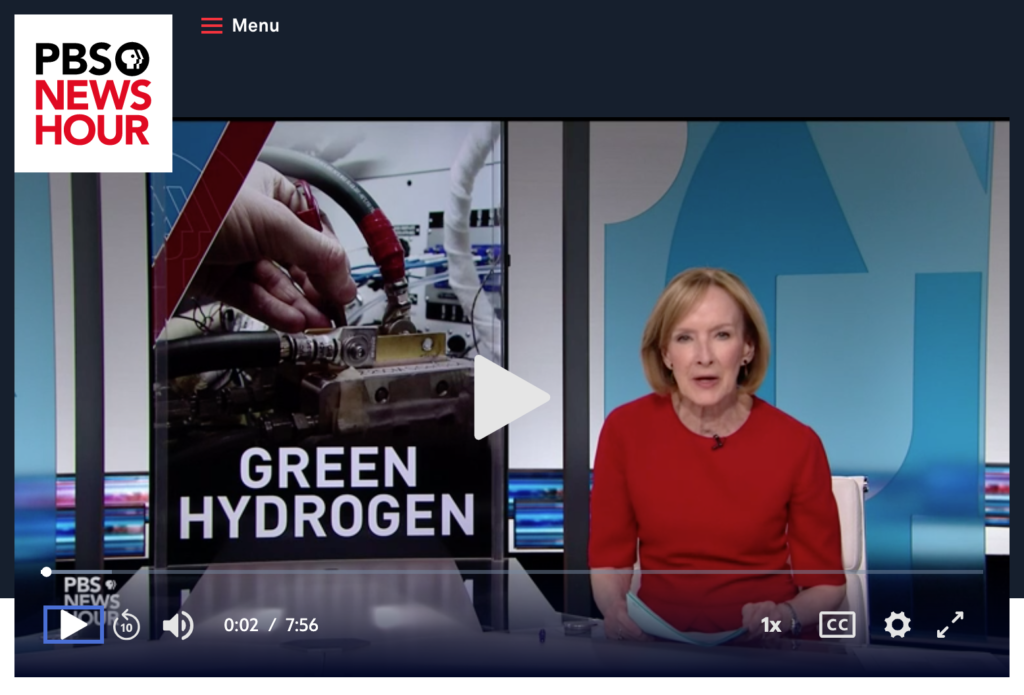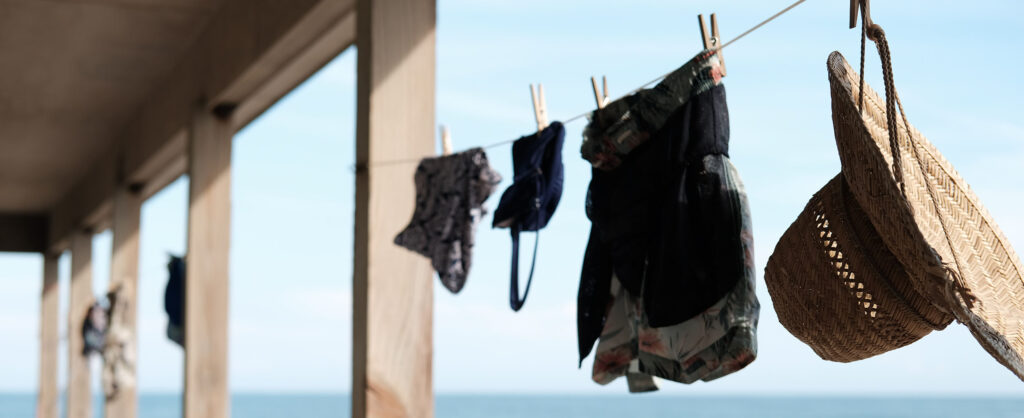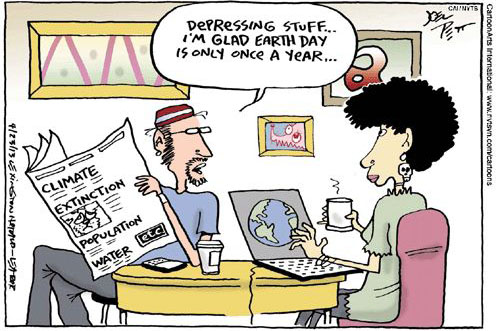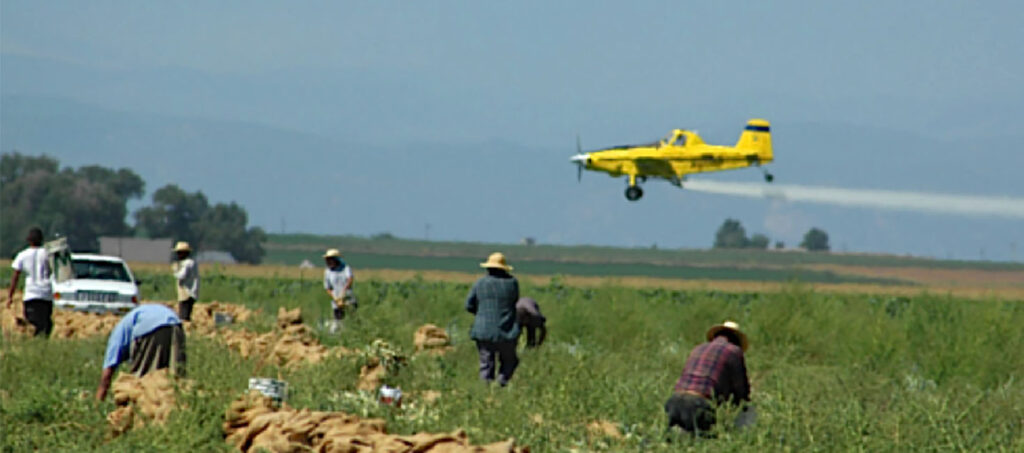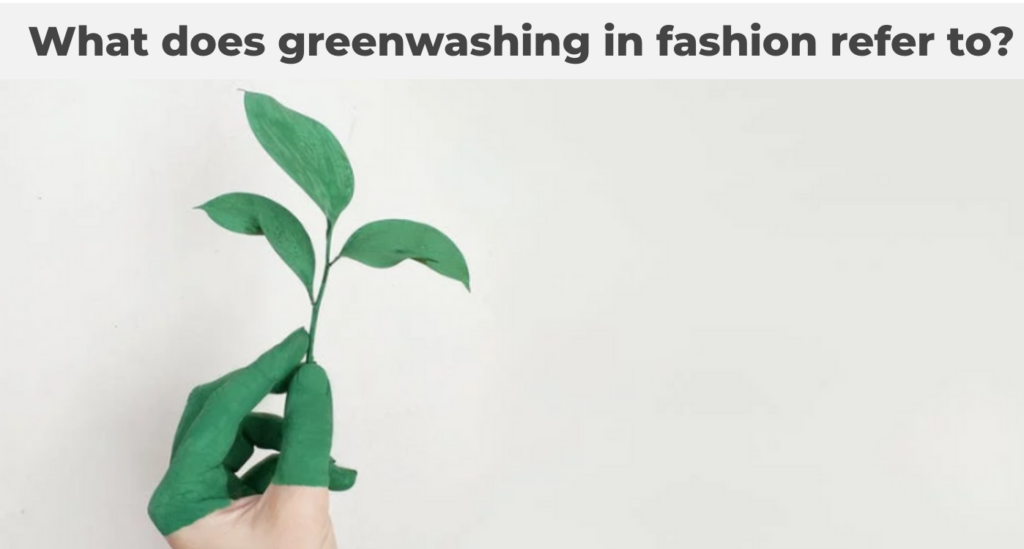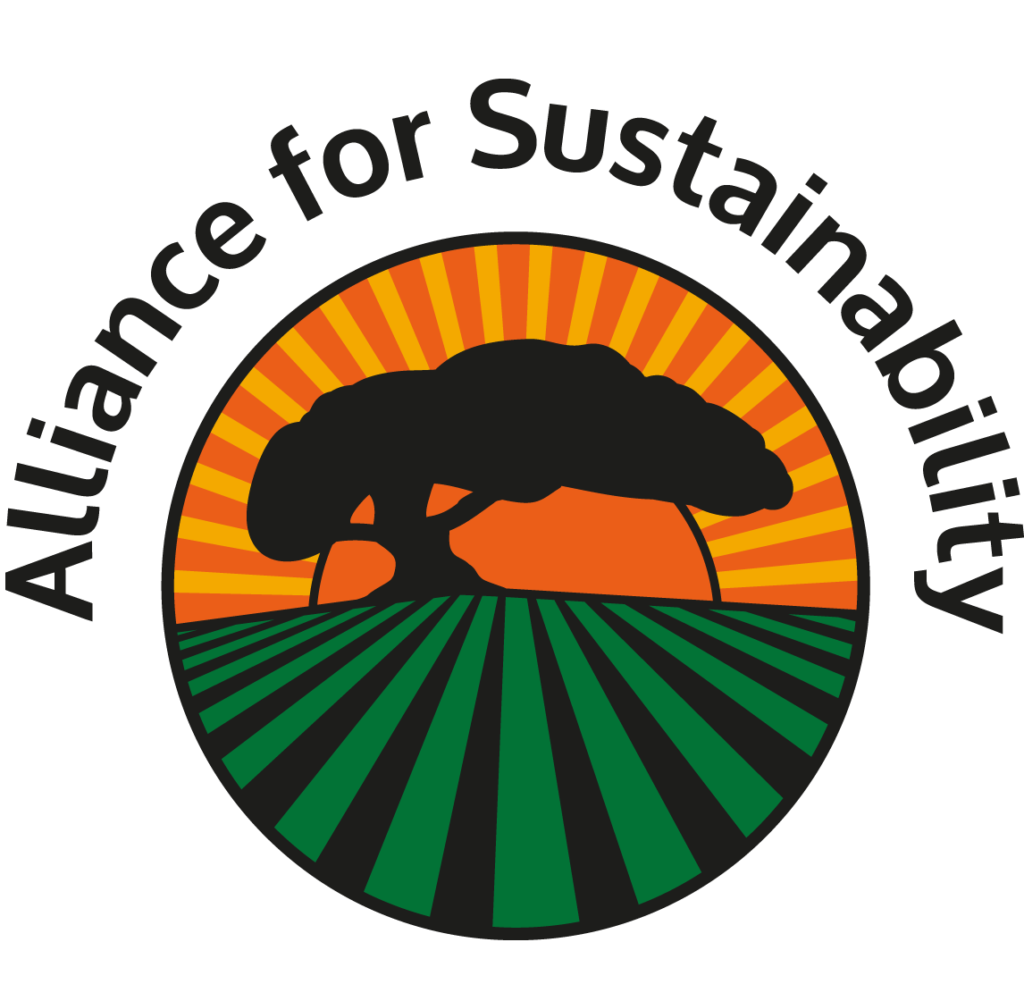
Art of the Week
Thanks to the US Postal Service for memorializing the work of Minnesota-born, Native American artist George Morrison in these 5 newly-issued stamps
“One of the nation’s greatest modernist artists and a founding figure of Native American modernism, George Morrison challenged prevailing ideas of what Native American art should be, arguing that an artist’s identity can exist independently from the nature of the art he creates.
“He is best known for his abstract landscape paintings and monumental wood collages, which draw on childhood memory and reflect a deep and abiding connection with the natural world,” according to USPS.
Take Action: Protect Minnesota’s Environment!
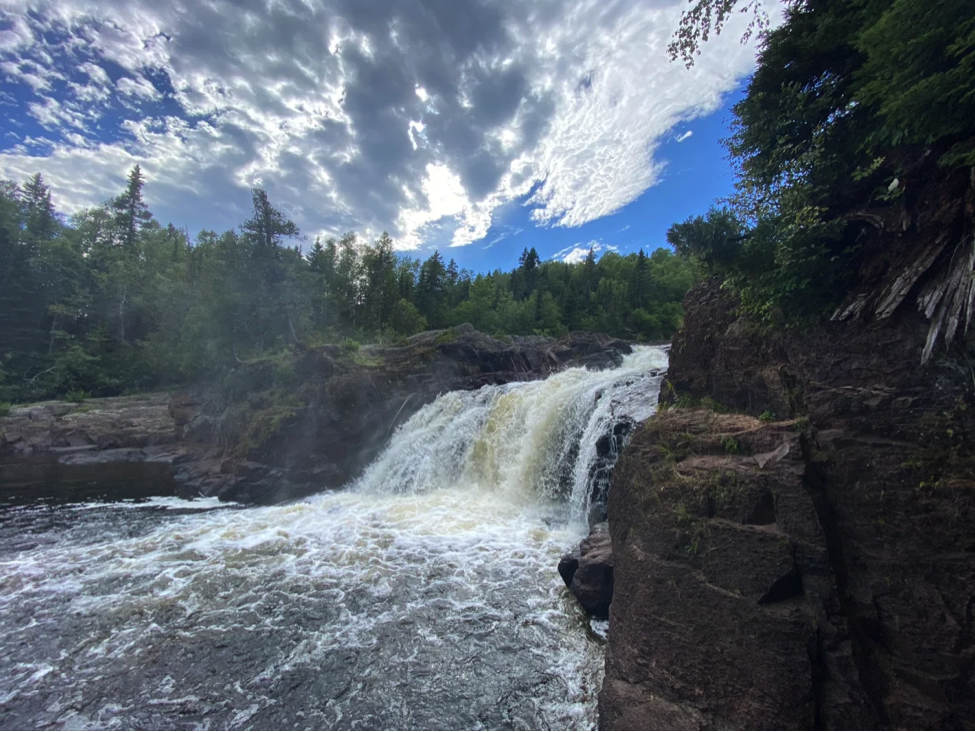
Please consider supporting the Minnesota Center for Environmental Advocacy’s push to implement three impactful actions (listed below) that would protect Minnesota’s unique, beautiful environment. Pre-written messages are provided for each of the three actions:
Tell Governor Walz what to include in his proposed climate plan, including reducing the state’s greenhouse gas emissions by 50% over the next 8 years, and committing to achieving net-zero greenhouse gas emissions by the year 2050.
Tell your representatives to reject SF3055, which could undermine the ability of citizens to file lawsuits — granted by the Minnesota Environmental Rights Act — to protect Minnesota’s water, air, land, and wildlife from pollution.
Urge your representatives to pass legislation to tackle Minnesota’s PFAS contamination problem. PFAS are a group of manufactured chemicals that are contaminating our water, soil, food, and air. Exposure to PFAS can lead to a variety of adverse health effects, according to the EPA.
What to Watch: Could Hydrogen Be the Clean Fuel of the Future?
This excellent and hopeful PBS News Hour 8-minute segment examines the possibility of a clean energy future. It was inspiring to see attractive hydrogen-powered cars and trucks with zero emissions.
“Green hydrogen” produced by solar can fuel a carbon-free future for all forms of transportation, including ships and planes. And it offers the possibility of becoming a base load for our energy grid when solar and wind are intermittent. It points the way to a future free of coal, oil and even nuclear.
Sustainability Tip: Sun Dry Laundry
Many don’t know that your dryer is one the biggest energy users in your home.
Air-drying your laundry can save you $100 per year and reduce your carbon footprint by 2,400 pounds a year, according to Green America.
If you do use a dryer, consider setting it for automatic so that it will shut off when your clothes are no longer damp. This will provide just enough energy to get your laundry dry.
Calendar
Highlights
Art of the Week: Native American Artist George Morrision Memorialized by New US Stamps
Take Action: Protect Minnesota’s Environment
Equity: US Pesticide Exposure up to 5X Greater for People of Color
What to Watch: Could Hydrogen be the Clean Fuel of the Future
Inspiration: A Sabbath Prayer on Earth Day
Quiz: Sustainable Fashion
At the Alliance
We hope you enjoy this last Earth Month newsletter, and that it inspires you to Take Action, air dry your clothes, and buy the new George Morrison postage stamps.
We also hope you will consider making a tax deductable donation to the Alliance and our SHE Kindness Campaign so we can pay our staff and interns and keep advocating for sustainability, health, equity and kindness.
Every morning I awake torn between the desire to save the world or savor it.
But this makes it hard to plan the day.
…If we forget to savor the world, what possible reason do we have for saving it?
In a way, savoring it must come first.
— EB White, 1969 NY Times interview
Equity: US Pesticide Exposure Up to 5X Greater for People of Color
A newly published study documents that people of color and low-income communities in the US suffer disproportionately more exposure and negative health effects from pesticides.
“Like many other pollutants, pesticides are a major environmental justice issue,” according to Dr. Robert Bullard in a news release from the Bullard Center for Environmental and Climate Justice at Texas Southern University. “The cost of these chemicals isn’t just paid for at the cash register, it’s also being paid for by communities that have been marginalized for centuries,” he added.
Here are five main findings of the study:
- Disproportionate exposure: Black and Mexican Americans had as much as 5 times the average levels of 12 harmful pesticide biomarkers in their blood and urine than whites.
- Weak farmworker protections: An estimated 10,000 to 20,000 predominately Latinx agricultural workers fall ill each year due to pesticide exposure, yet they continue to be excluded from pesticide protections provided to the general public.
- Unequal risks: People of color make up 63% of the population living near the 31 pesticide manufacturing plants in CA, LA, GA, SC, TN, AR and MO that are in violation of environmental laws like the Clean Air and Clean Water Acts.
- Poisonous housing: 80% of low-income housing facilities in the state of NY regularly applied pesticides and 30% of pregnant African American and Dominican women in NYC had at least eight pesticides detected in a home air-monitoring study.
- Problematic Policy: Current laws, regulations and regulatory practices are perpetuating these inequalities.
Inspiration: A Sabbath Prayer on Earth Day
by Alliance President Terry Gips
Each Shabbat is a holy day combining both Earth Day – a celebration of God creating our world, and Passover, marking our freedom from the slavery of Egypt and all things, including consumption.
Did you know that every astronaut has said it was a transformative experience seeing the Earth as one whole, interconnected ecosystem with no political boundaries whatsoever?
German Astronaut Sigmund Jahn said, “Before I flew I was already aware of how small and vulnerable our planet is; but only when I saw it from space, in all its ineffable beauty and fragility, did I realize that human kind’s most urgent task is to cherish and preserve it for future generations.”
So how can we preserve our sacred home, free us from the Pharaoh of fossil fuel and bring about sustainability? Read the full blog post.
Quiz: Sustainable Fashion
Test your knowledge of sustainable fashion with this fun quiz from the EarthDay.org website. See if you can get 10 out of 10 correct and let us know how you did: info@afors.org. We’ll announce the top sustainable fashionistas in the next newsletter.


